Are you wondering which types of mushrooms to start growing? Whether you’re seasoned at cultivating mushrooms or just starting out, there are some things to think about before you decide.
Jump to:
Best Beginner Mushrooms To Grow At Home
If you’re a beginner, start out by growing oyster mushrooms. Oyster mushroom mycelium grows vigorously and will survive a wide range of temperatures. Oysters are generally thought to be one of the easiest types of homegrown mushrooms.

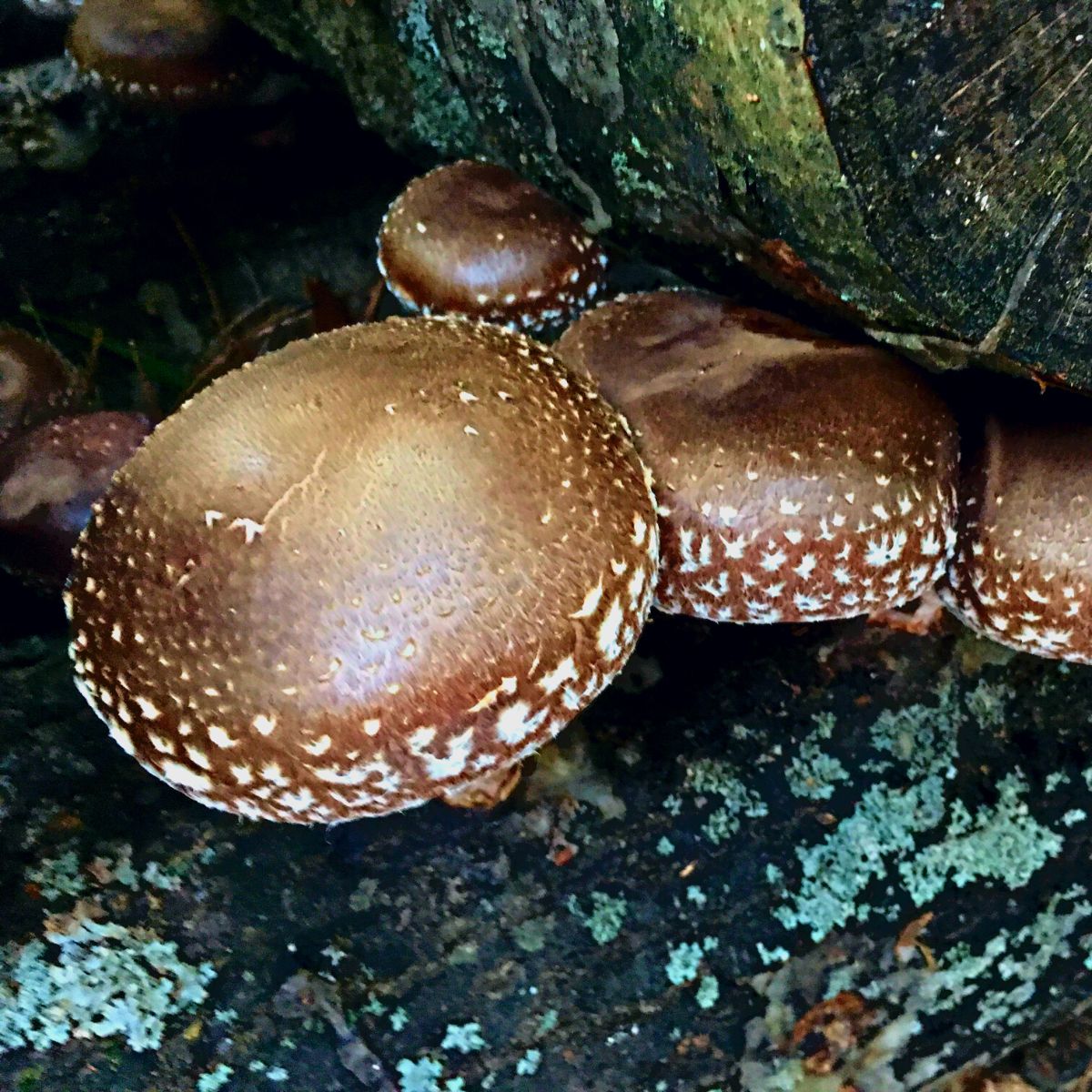
Another popular choice is shiitake. Shiitake mushrooms are both easy to grow and delicious. They’re great if you’re just getting started with log cultivation.
Mushroom Growing Considerations
For other mushrooms, one thing to ponder is the time of year that you’re planning on starting and ending your project. Different mushrooms fruit in different seasons, so matching your mushroom to its preferred season will give you the best success.
Your methods and materials are other factors to consider. Will you grow mushrooms on wood or straw, paper or compost? Certain species do better on certain substrates, and it pays to know this before you begin.
Below we’ll go into more depth on thinking about the right season, as well as taking into account your materials. We’ll end with some info on growing mycorrhizal mushrooms.
Sound like a lot to think about? Don’t feel overwhelmed. The ultimate point here is fun, and a little planning now will result in a delicious and rewarding mushroom growing experience! Learning the types of mushrooms to grow at home is the first step.
Due to its popularity, the topic of growing morel mushrooms has its own page here.


Reason for the Mushroom Season
The season can play a big role in your choice of which species to grow. Different types of mushrooms fruit at different times of year, so knowing this is important to your timeline.

If you’re cultivating mushrooms outdoors, think about what kind of growing project you’re going to do and how long it will take:
- An outdoor straw bed planted in early summer can be ready by late summer, so a summer or fall mushroom would be a good choice.
- If you’re planning on growing morel mushrooms you should be aware that they fruit in the spring. So starting your patch the year before and knowing where the ground freezes is important.
Thus you can see how the season dictates when your mushrooms will fruit, and how you have to plan for that. For a guide to indoor grow kits, check out our Ultimate Guide to Mushroom Grow Kits.


If you’re cultivating mushrooms indoors you’re less at the whim of Mother Nature, but you still need to simulate the right conditions. For example:
- Reishi mushrooms fruit in the summer, so you can surmise that they like it pretty warm. Adjust the temperature of the room they’re in accordingly.
- Spring oyster mushrooms fruit in, you guessed it, the spring. Your grow room doesn’t need to be as warm, so they’re a good choice for cold climates.
Below is a list of when some popular types of mushrooms to grow at home. This list isn’t set in stone, but it’s a good place to start.

Top 15 Mushrooms To Grow At Home
A final note is that “season” is relative depending on where you live. Your summer may be short. Or the temperature of your winters may rarely go below 40 degrees (lucky you!). Keep your local area in mind and use this list as a general guide.
Spring:
- Oyster mushrooms (from spring through fall)
- Morel mushrooms
- Turkey tails (from spring through winter)
Mid-Summer:
- Shiitake mushrooms
- Elm oysters
- Garden Giant (Wine Caps)
- Reishi mushrooms (and many of the other polypores)
- Chicken of the woods
Late summer and fall:
- Button mushrooms (various Agaricus species)
- Maitake mushrooms
- Pioppino
- Lion’s mane
Late fall and winter:
Which Method to Grow Different Types of Mushrooms?
The method you use to grow mushrooms is another factor to consider. Some types of mushrooms grow better on wood; others are faster and easier with straw. The best mushrooms to grow at home really depend on the resources you have available, including material, time, and space.
That said, there are no real hard and fast rules saying you must grow certain types of mushrooms a certain way. Yet you should keep your method and materials in mind when selecting a species. Cultivating mushrooms is dependent on the amount of time, money, and effort that you have to put in.
Logs/stumps:
Certain species are great candidates for growing on logs and stumps. Although they take 6 months to a year to colonize, fruitings may go on for years. Oh, and they’re delicious:
- Shiitake
- Maitake
- Reishi (and other polypores)
- Turkey tails
- Lion’s mane
- Various oyster species
- Wood ears
If you’re just starting out with log cultivation, shiitake are a good choice. They’re easy, versatile, and not too picky about the kind of wood that they like. Maitake and reishi are a little harder, so you may want to save them for when you’re a little more experienced.

Wood chip beds:
Some types of mushrooms love wood, but are easier to grow in wood chip beds rather than logs:
- Garden giant/Wine caps
- Shaggy mane
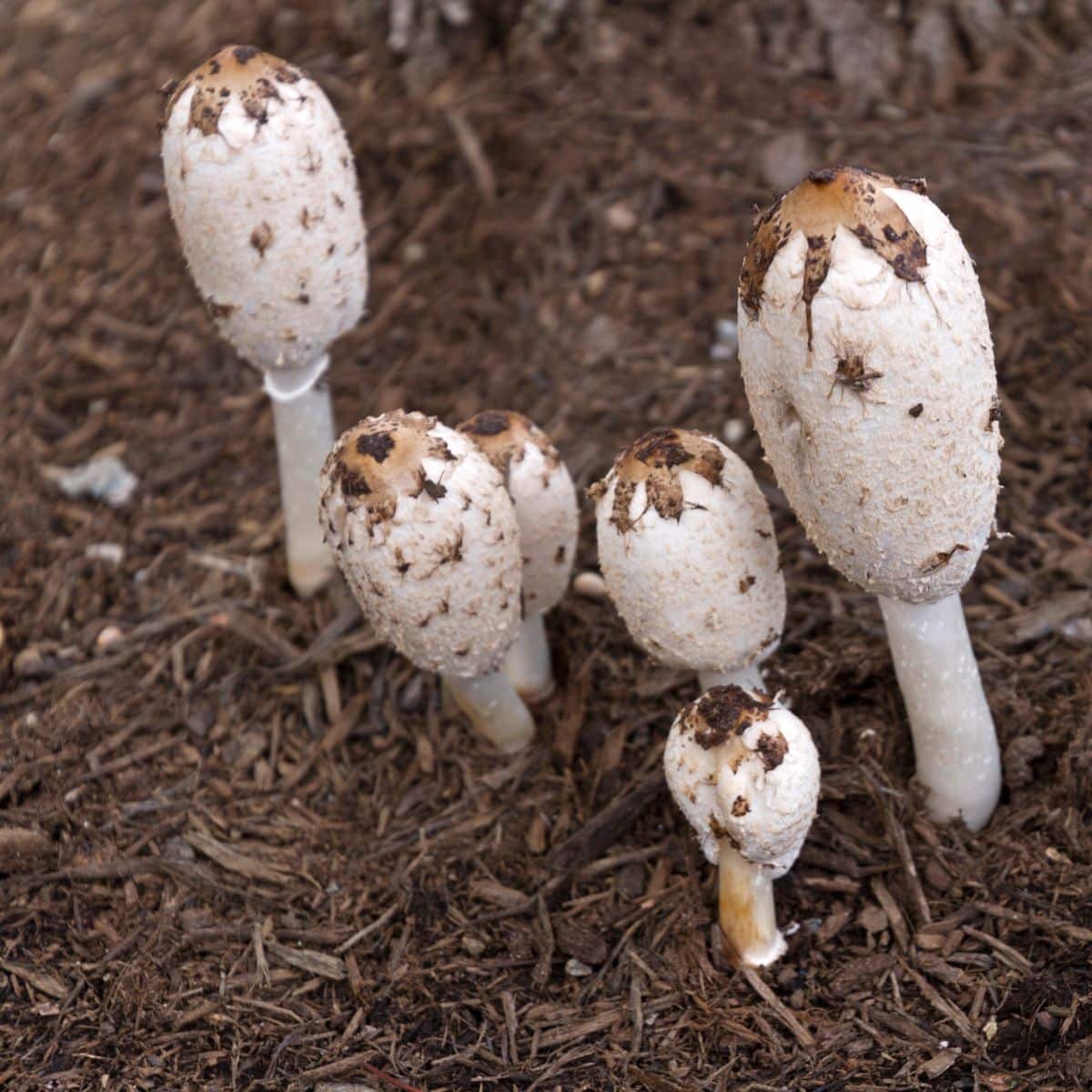
Straw and outdoor beds:
Many species will grow happily in an outdoor bed of straw, organic debris, soil, etc:
- Various oyster mushroom species
- Agaricus species
- Morels
- Garden giants/Wine caps
- Shaggy mane
- Enokitake
- Pioppino
Again, these are suggestions, not rules. Shiitake mushrooms don’t have to be grown on wood, they will grow on straw. Likewise you can try your hand with enokitake on wood chip beds.
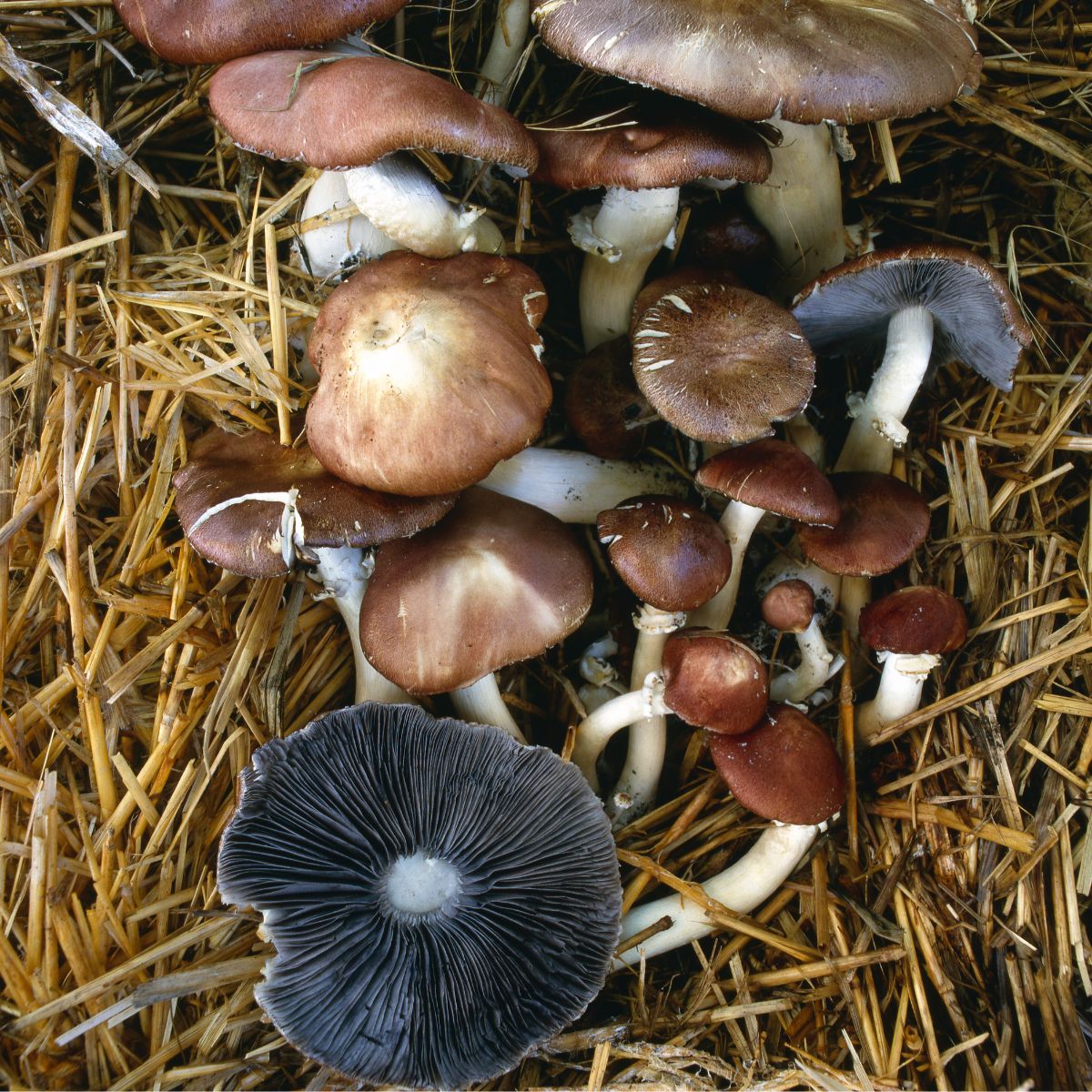

This list just shows how the types of mushrooms you want may impact your choice of materials and vice versa. It pays to do some research on your chosen mushroom as to what it the best way to grow it.
If materials and time are an issue, don’t overlook mushroom growing kits as a method for producing tasty treats. Read more about mushroom kits in this article.
Most of the hard work of preparing spawn and substrate has already been done for you, so all you need to do is choose your species. They have a great selection from shiitake mushrooms to oysters, reishi, and more.
The Dirt on Growing Mycorrhizal Mushrooms
We’ve saved some of the tastiest for last with the topic of mycorrhizal fungi. Unfortunately some of the most delicious types of mushrooms are also the most difficult (or, at present time, impossible) to grow. I’m referring to some of your favorites:
- Porcini
- Matsutake
- Chanterelles
- Black Trumpets
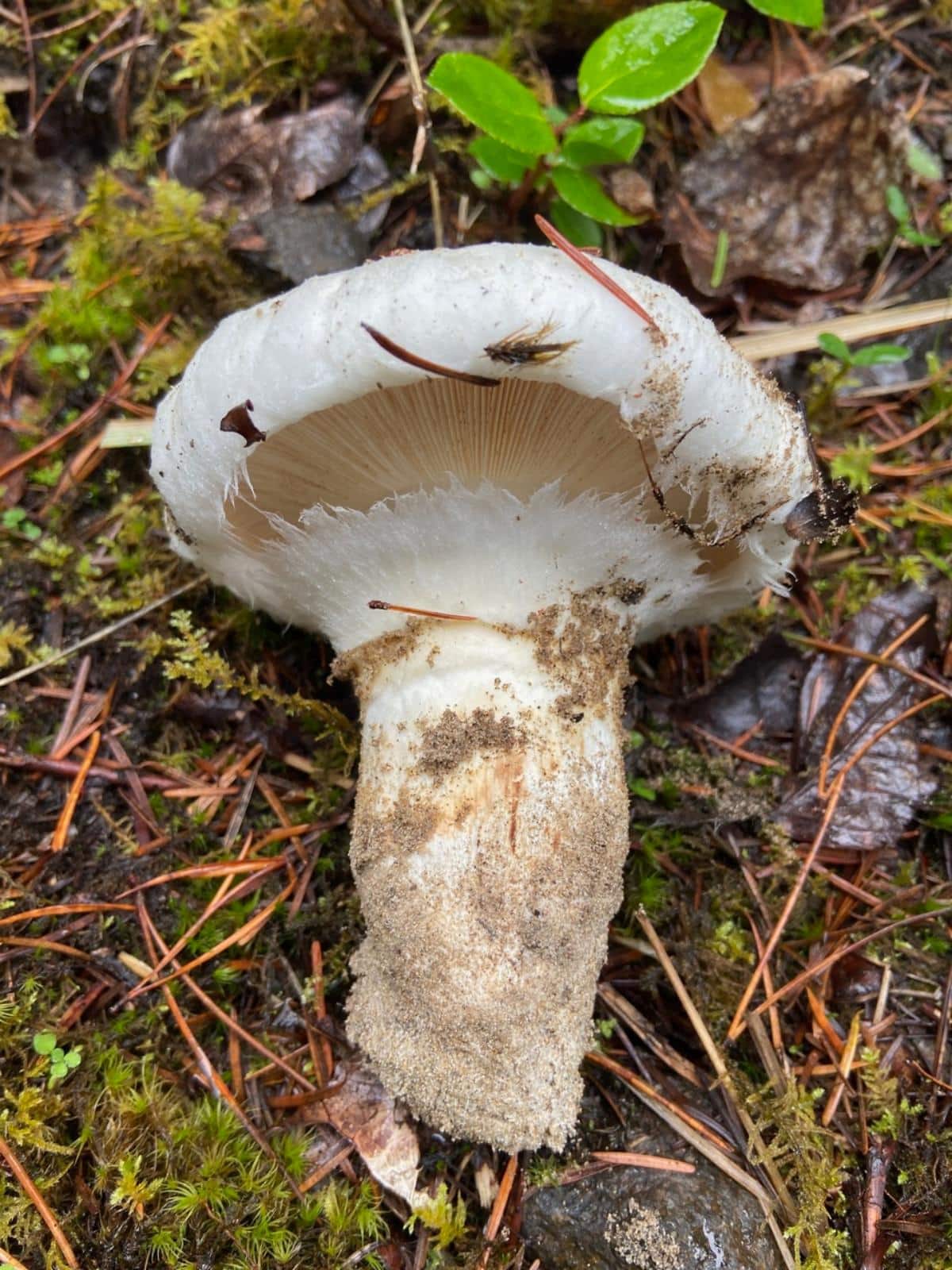
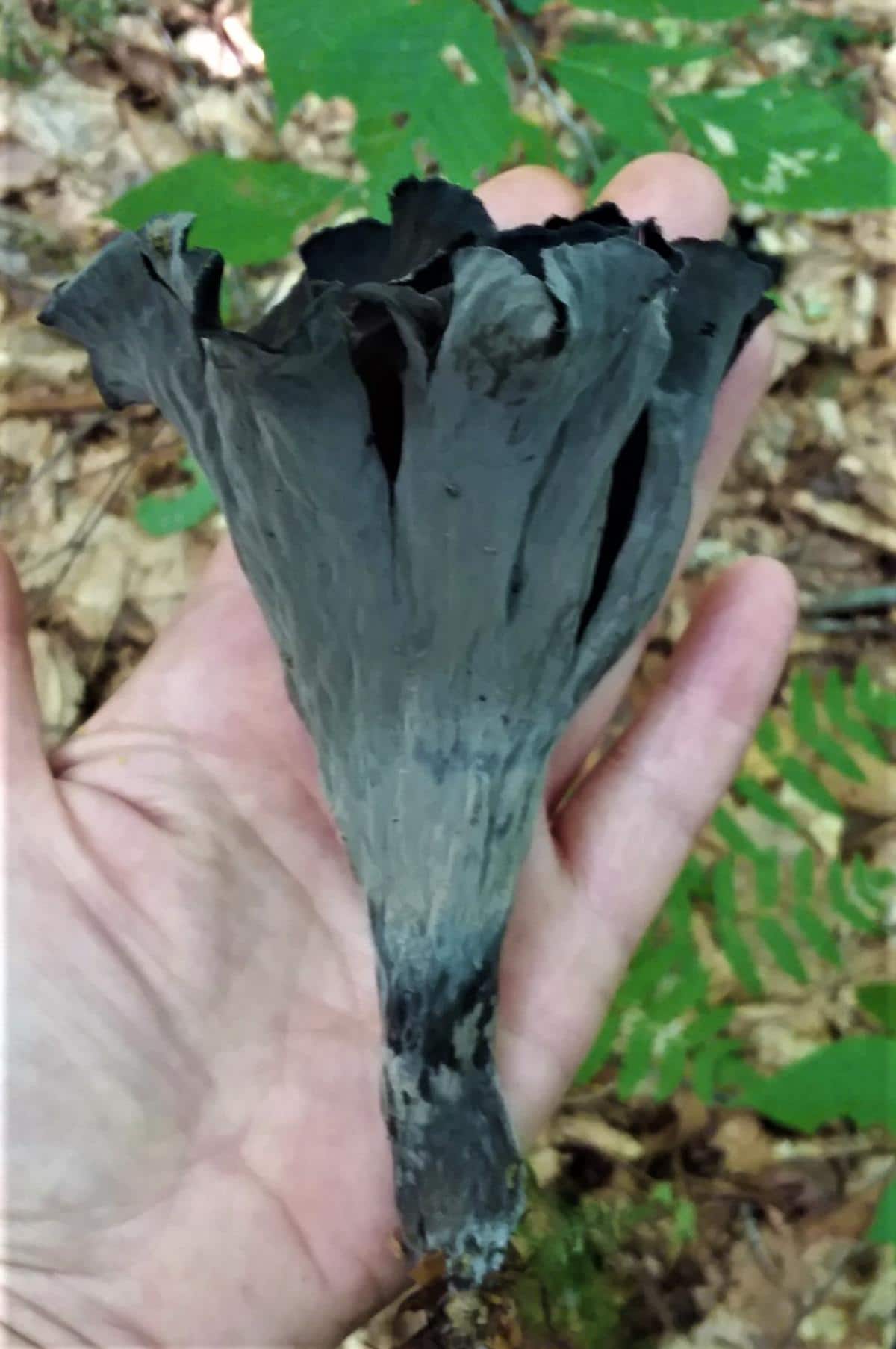
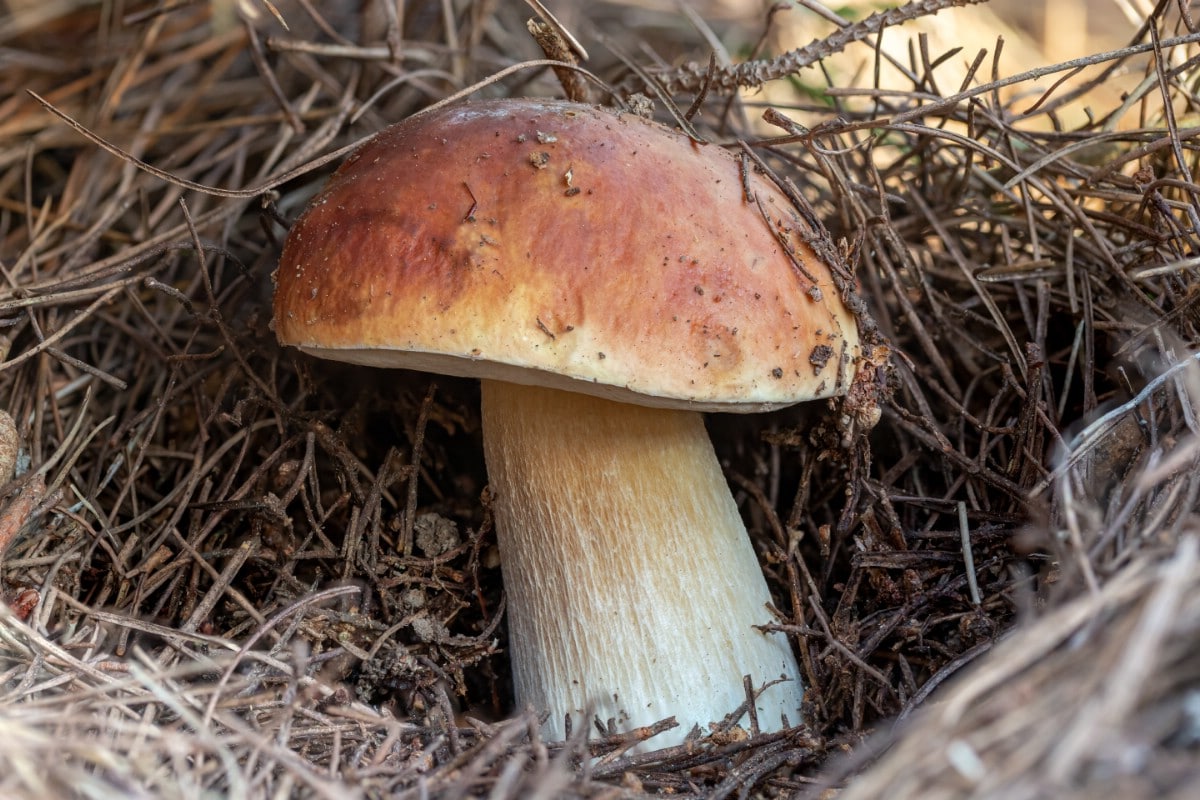
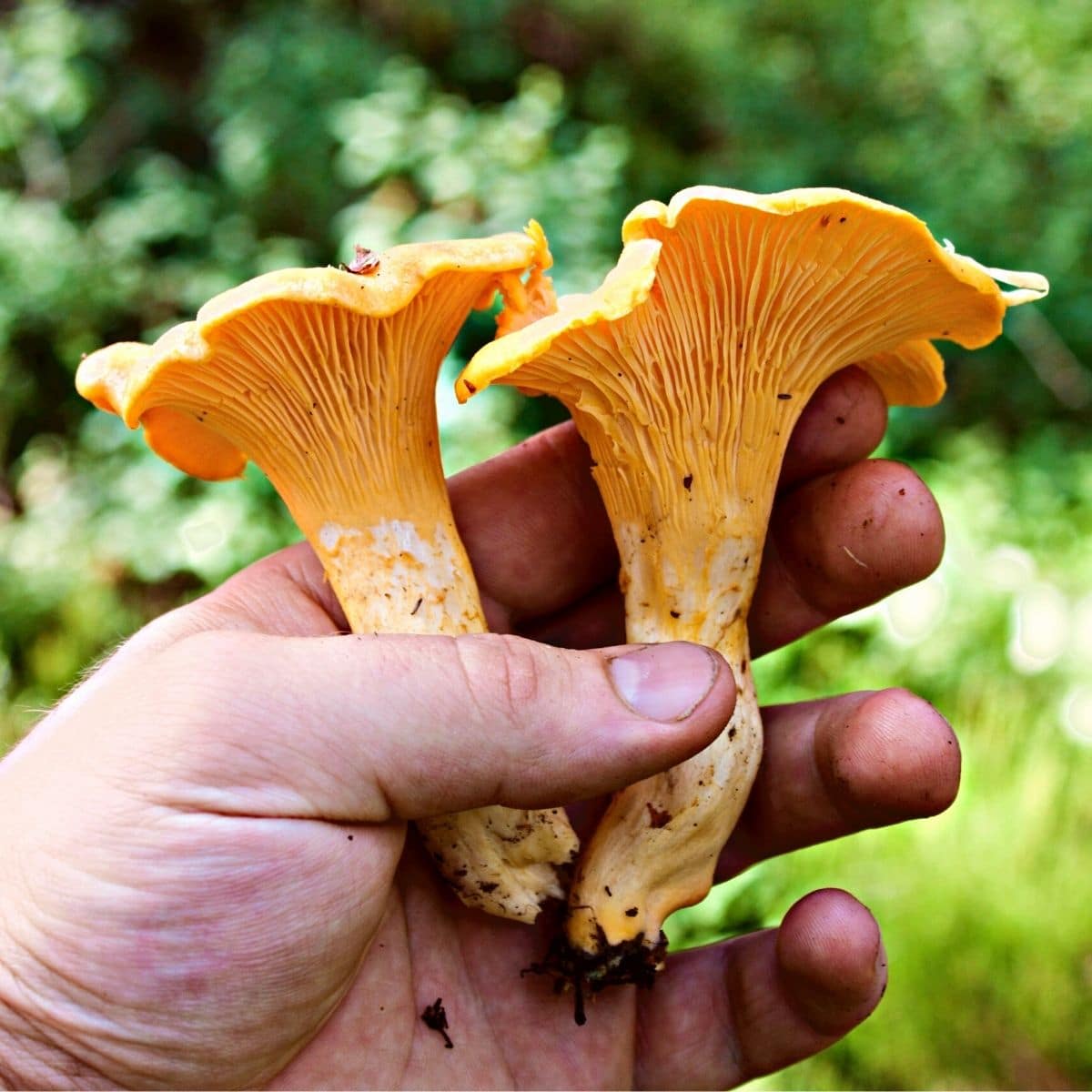
What makes these mycorrhizal mushrooms special? Their mycelia enter into a beneficial symbiotic relationship with the roots of plants and trees. This gives the plants additional moisture and nutrients, while giving the mycelia access to sugars.
This complex symbiotic relationship isn’t easily reproducible by the hobby grower, as you can’t force mycelium and a host to interact in the desired way.
Trial Tree Inoculation For Mycorrhizal Species
Although impossible to try indoors, you can try to inoculate a host tree outdoors using a few different methods:
- Inject spores directly into the roots.
- Create a spore slurry and spread it at the base of trees. See instructions on how to do this here.
- Plant seedlings of young trees near a spot that already has mycorrhizal mushrooms naturally fruiting.
For these methods to actually work you’ll need the right species of tree, some patience, and a lot of luck. It’s difficult to cultivate certain mushrooms, but not impossible. It’s certainly worth the effort to do some quick experiments!
Hopefully this article has given you more to think about when choosing types of mushrooms to grow. Now make your decision and start growing!
Further Reading
If you want to learn more in-depth information about the ins and out of growing mushrooms at home, there are two books we recommend:


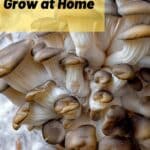
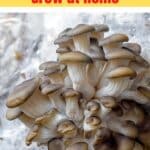

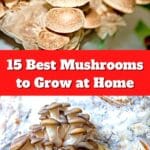

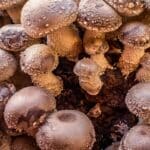

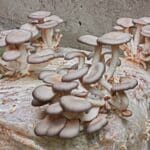
Leave a Reply